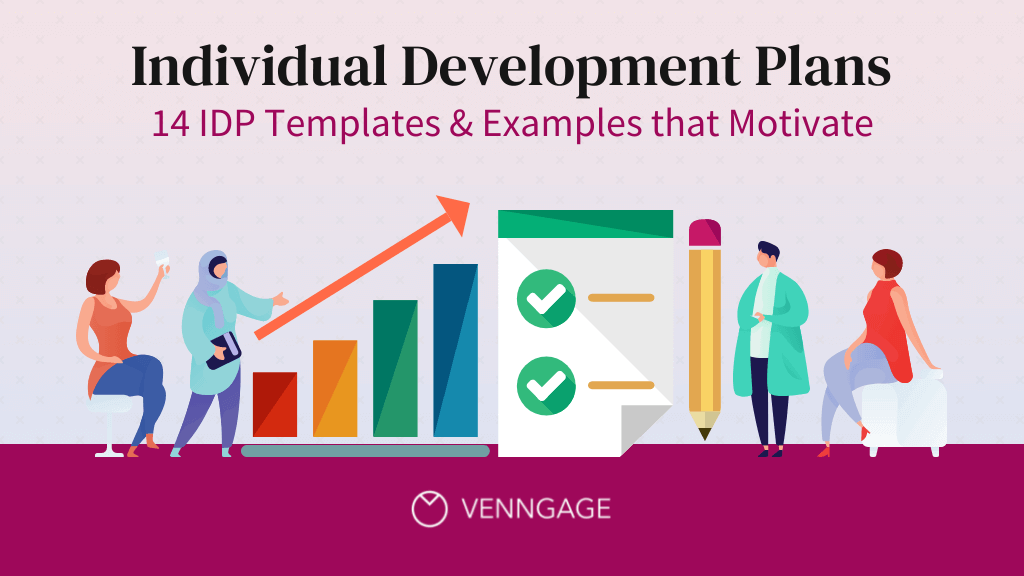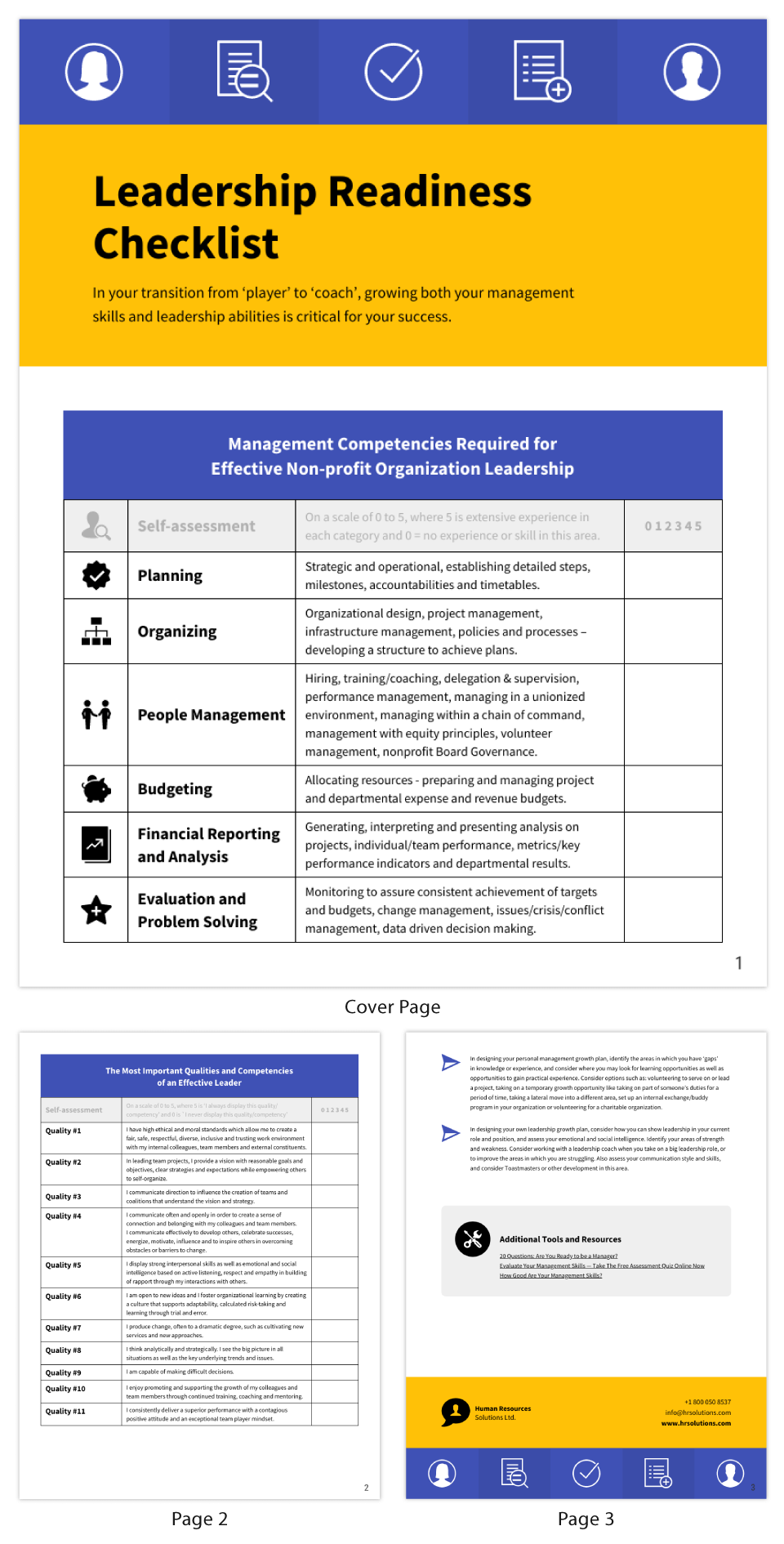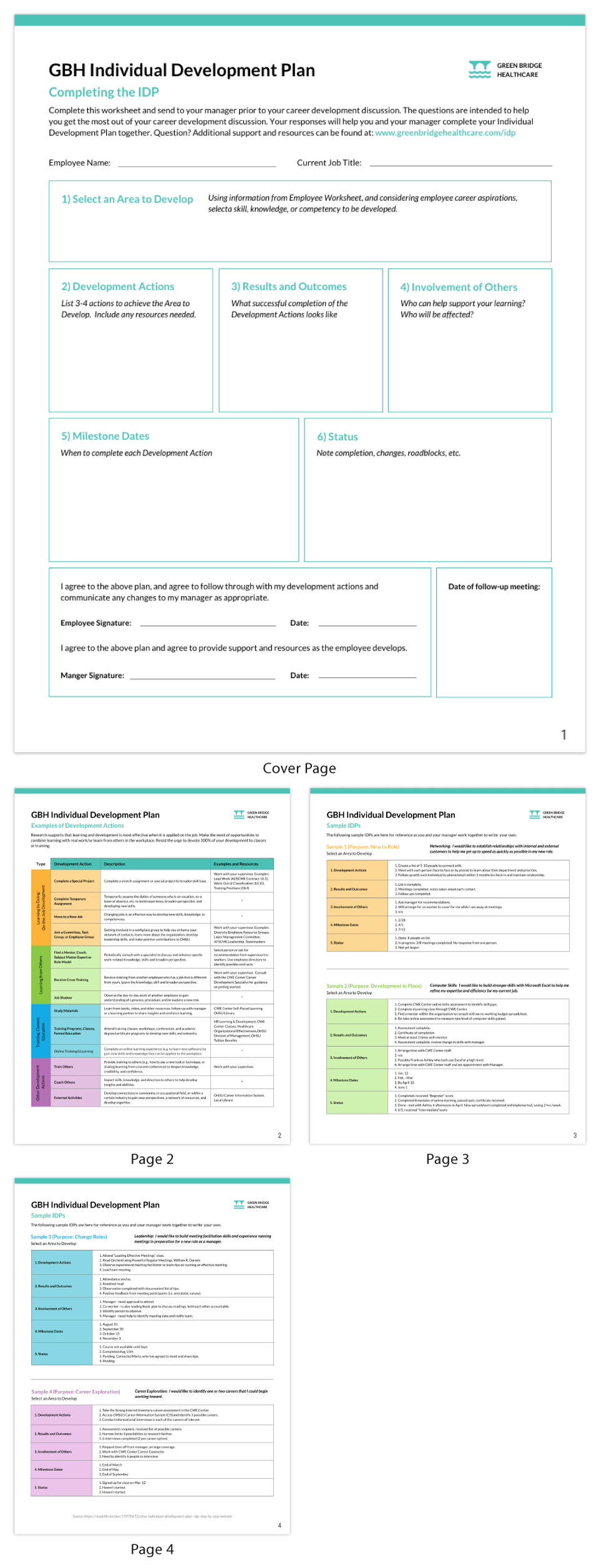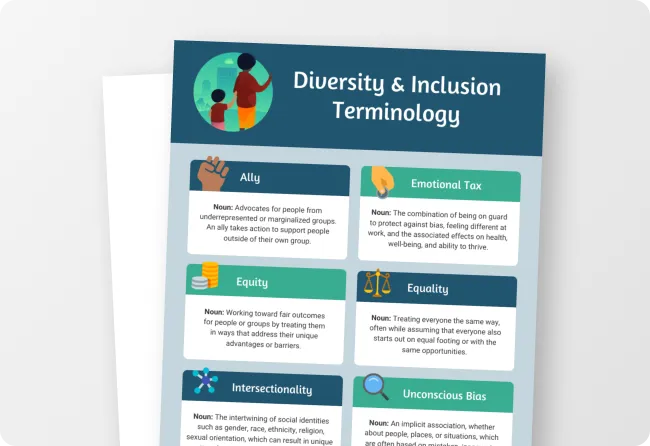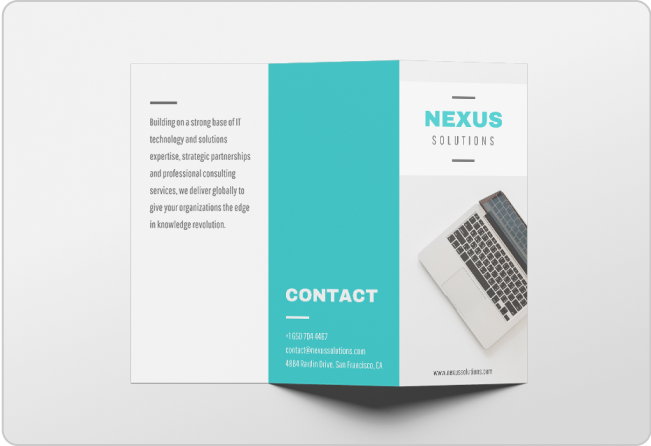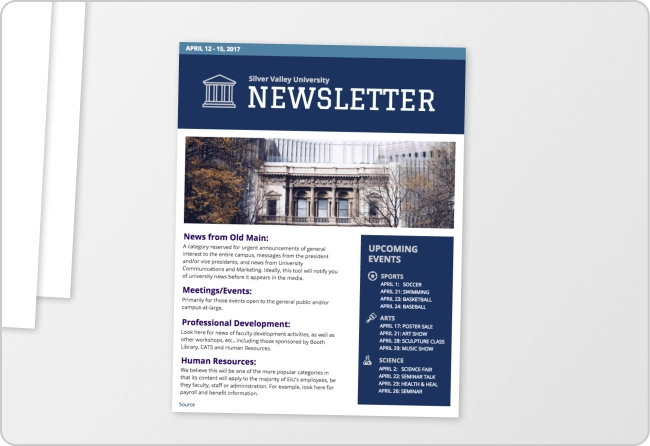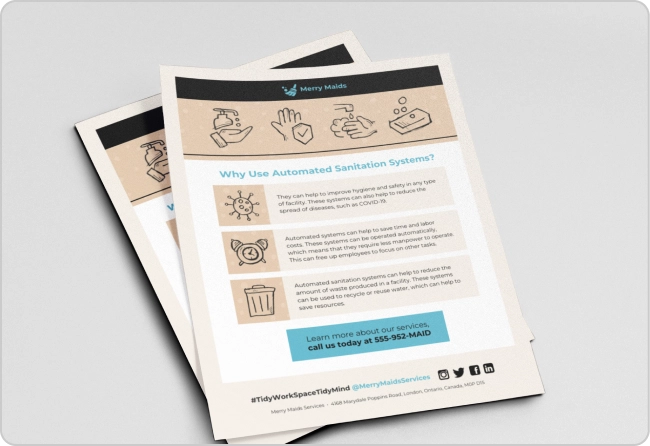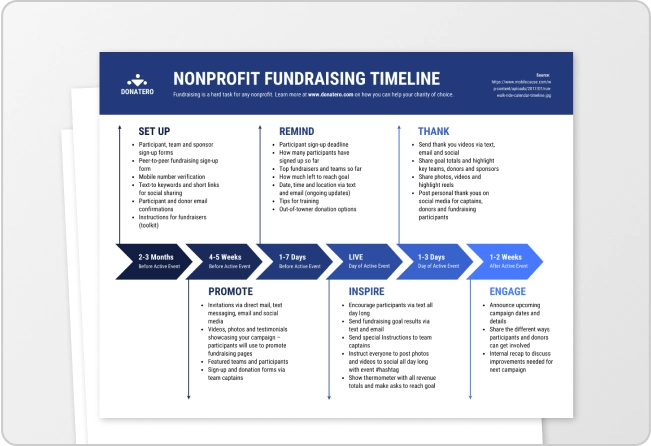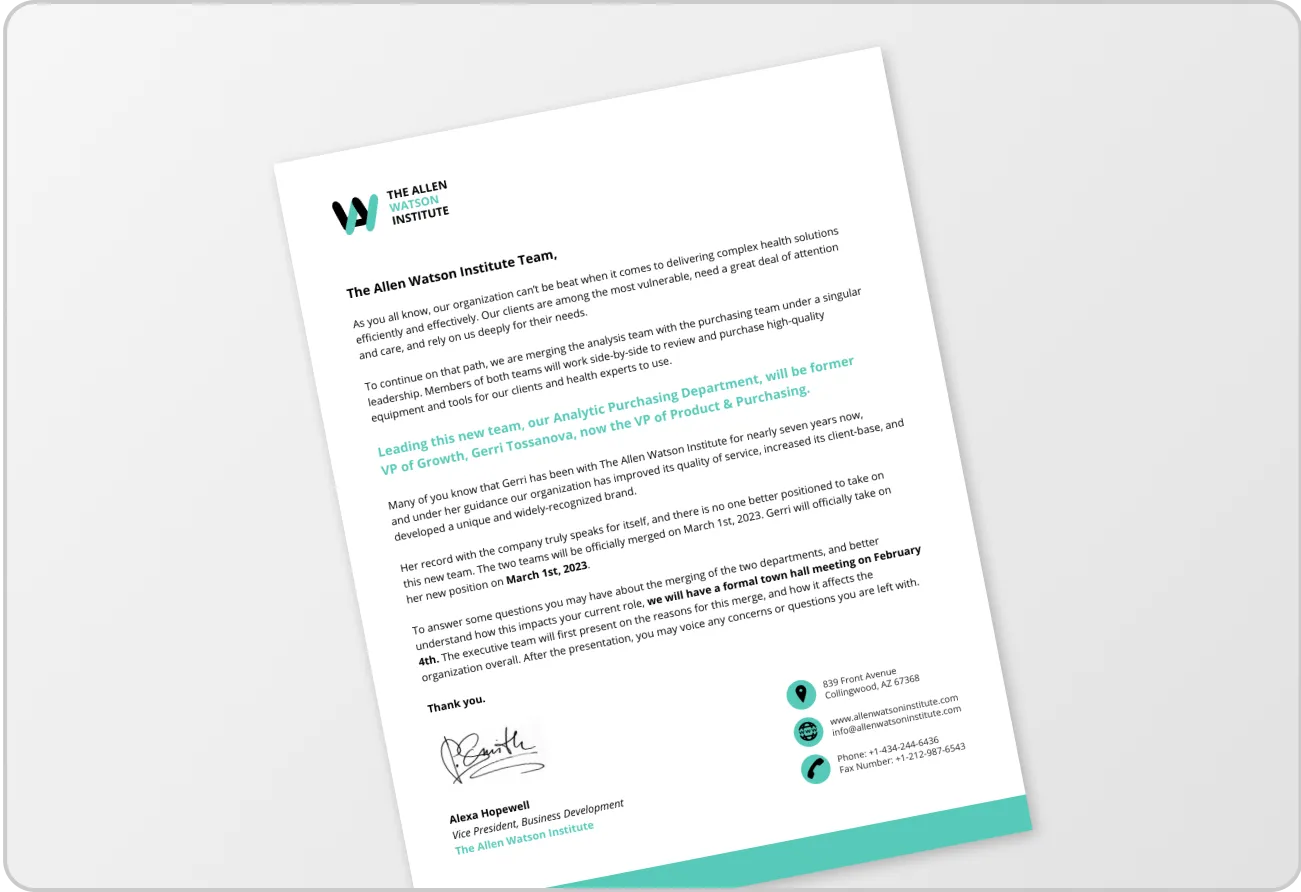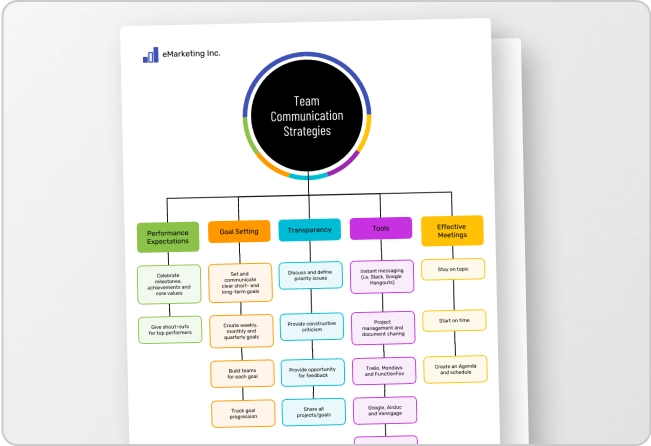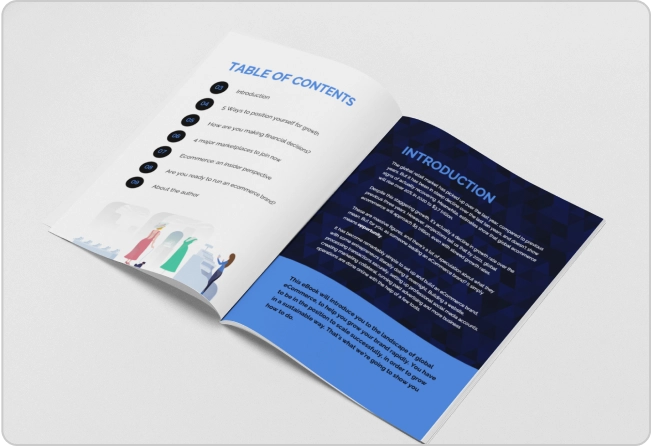As businesses strive to enhance productivity and remain competitive, upskilling and reskilling employees have become top priorities. One of the most effective tools for driving these skill enhancements is the Individual Development Plan (IDP). An IDP offers a clear, structured approach for employees to develop new competencies by setting targeted learning goals and tracking their progress.
In this blog post, I will explain how to create individual development plans and share easy-to-use professional IDP templates to help you achieve your organization’s learning goals.
Individual development plan sample
Below is a straightforward, text-based Individual Development Plan (IDP) example you can adapt for any role. It covers key sections most managers use today and includes a simple table for development actions.
Employee Information
Name: [Employee Name]
Role: [Current Role]
Department: [Department]
Manager: [Manager Name]
Date: [Date]
1. Career goal
Grow into a Senior Marketing Strategist role within the next 2–3 years, with a focus on advanced analytics, long-term planning, and team leadership.
2. Current strengths
- Strong copywriting and content strategy skills
- Confident communicator across teams
- Comfortable with digital marketing platforms
- Consistently organized and reliable
3. Areas for development
- Deeper analytics and reporting
- High-level strategic planning
- Leadership and people management
- Stronger presentation and storytelling skills
4. Development objectives & actions
Here’s a simple, easy-to-read breakdown of development goals and what the employee will actually do to make progress:
| Development Objective | Action Steps | Resources Needed | Target Date | Success Measure |
|---|---|---|---|---|
| Strengthen data analytics skills | Complete a Google Analytics/GA4 certification | Course budget, dedicated study time | 3 months | Certification earned + incorporating metrics into reports |
| Improve strategic planning ability | Shadow senior strategist during quarterly planning cycles | Access to meetings, guidance from mentor | 6 months | Contribute a defined section to the next quarterly plan |
| Build leadership capabilities | Lead one small cross-functional project | Manager coaching, project scope | 4 months | Successful delivery + positive cross-team feedback |
| Enhance presentation and storytelling | Join a storytelling workshop and present at team meeting | Workshop enrollment | 2 months | Clear, confident presentation rated positively by team |
5. Support & resources
- Monthly coaching sessions with manager
- Budget for external training or workshops
- Access to senior mentors or team leads
- Opportunities to lead projects in a low-risk environment
6. Review & progress notes
- Month 1: Completed Google Analytics course; started applying new insights to weekly dashboards.
- Month 2: Led a small content project; received encouraging feedback on communication and ownership.
- Month 3: Joined Q3 strategy meetings; contributed competitive research insights to planning discussions.
14 individual development plan examples and tips
Individual development plan examples for supervisors
Individual development plans (IDPs) for supervisors serve as roadmaps for team growth, tailoring skill development to specific roles in the team and organizational goals.
These plans aren’t just about meeting company goals; they also help supervisors achieve their career aspirations while supporting the growth of their team members.
Try out this creative and colorful quadrant template to prioritize goals and actions by their importance, due date, or any other criteria that make sense to you.
1. Performance training quadrant template
Let’s understand how to use this template with an example.
Scenario: One of your employees, Lisa, has been struggling with meeting her performance targets. You want to help her improve, but you’re not sure whether the focus should be on training her in new skills or developing her existing strengths.
Steps:
- Evaluate Lisa’s current job performance: Ask questions like: Is she meeting expectations, or is she falling short? Which tasks or areas is she struggling with (e.g., managing social media campaigns)
- In this scenario, let’s say you determine that Lisa is falling short in her ability to create effective social media strategies, but she is very strong in client communication.
- Based on her current performance, place her in the Performance Improvement quadrant because she’s struggling with social media strategies and needs immediate help
- Next, focus will be on improving her social media skills through targeted training. Think about specific training programs or resources that can help her.
- Action: Enroll her in an advanced social media strategy workshop or provide internal coaching to strengthen her skills.
- Consider Lisa’s strengths (client communication). Since she’s already strong in this area, place her in the Development quadrant for this skill. Even though she excels, you can further develop this strength to prepare her for future leadership roles.
- Action: Assign Lisa to lead client presentations or mentor junior team members in client relations.
2. Employee Corrective Action Plan Template
This template is structured as a corrective action plan but could also work well for an IDP. As a reminder, IDPs aren’t a disciplinary tool or for underperforming employees. Everyone should have an individual development plan focusing on their strengths, while also acknowledging weaknesses that may impact the achievement of career goals.
Here’s an example on how you can use this template:
Scenario: You are a manager in a customer service department, and one of your employees, Mark, has been receiving multiple complaints from customers regarding his tone and slow response times.
Steps:
- Clearly define the issue that needs to be corrected. In this case, Mark has received complaints about his tone being too abrupt with customers and slow response times in addressing their inquiries.
- Begin by documenting these issues in the “Problem” section of the corrective action plan. Provide specific examples, such as recent customer feedback or metrics on response times, to ensure clarity.
- Outline what is expected of Mark moving forward. Be specific about how his performance should improve to meet company standards.
- Expectation: Mark should use a polite, empathetic tone in customer interactions, following the company’s customer service guidelines.
- Offer resources or training to help Mark meet these expectations.
3. IDP Worksheet Template
Give this worksheet-style template to your employee before your IDP meeting to find out their goals and how they view their progress so far. By getting their ideas on paper first, you’ll make better use of meeting time to discuss actions and solutions.
4. Skills training matrix roadmap template
Another great template for visual folks, this serves well as a progress tracker for the action steps in your IDP. The simple, one-page format is quick to update and makes it easy to see progress toward your goals.
Individual development plan examples for leadership
Imagine a leadership-focused IDP as your personal roadmap for tackling the twists and turns of leadership roles. It’s not just about growing your own leadership skills, but also about making a real impact on the success of the whole organization.
A leadership IDP may include targeted training programs to enhance communication, decision-making, and strategic thinking skills.
5. Leadership readiness checklist template
A stylish table format is effective for communicating career goals and action steps which are both important parts of an IDP. List the goal category on the left, the action step in the middle and a target due date on the right.
For example, a goal category could be “improving public speaking skills.” An action step could be joining a local Toastmasters group or hosting a Lunch and Learn for the office.
6. Skills inventory and self-assessment checklist template
If you’re a manager assessing your team’s leadership skills, this template could be another self-evaluation tool for your employee to fill out prior to your IDP meeting. Or, use it as a progress tracker by listing out the actions and ranking them from “Not Started” to “Complete.”
Individual development plan example for career
Think of your Individual Development Plan (IDP) for your career as your personalized roadmap to success.
For instance, your career-focused IDP might include short-term goals like acquiring new skills through workshops or online courses. Long-term goals may revolve around taking on challenging projects to showcase your capabilities and climbing the professional ladder.
7. Simple iconic career roadmap template
An individual development plan is a lot like a product roadmap, except with your career goals instead of new features. This simple timeline template is a good way to work through the order you’ll need to accomplish action items in and set target deadlines.
It’s also useful for visual thinkers to see a simplistic overview of their trajectory on one page. You can detail each goal or step in subsequent pages.
8. 30 60 90 day plan template
Using a 30, 60, and 90 day timeline is an effective way to break down large goals into achievable steps per quarter. This can also work as a one-page quarterly plan — just add an extra column — or a multi-year plan.
9. Plan of action and milestones template
This template serves as a compact yet detailed action plan that’s perfect for goal tracking in your individual development plan.
Individual development plan examples for managers
Often, an IDP has a big goal in mind, like being the head of a division or something else several steps ahead of you. In order to get there, you need to break it down into smaller goals along the way.
10. IDP process infographic template
Growing into a C-suite position could mean first managing an important project, then a small team, and then a larger team, and so on. By visually planning the smaller goals along the way, you (or your employee) have realistic expectations of what’s needed to get to the ultimate goal and a focused approach to get there.
This multi-page template is highly flexible so every page of your IDP will look professional and on-brand. Easily add tables, lists, and more to the content pages as needed to create a detailed and aesthetic development plan.
12. Quarterly product roadmap template
If you like a quarterly planning approach, this template is helpful to detail the action steps you need to take for the rest of the year.
Individual development plan example for government employees
Feeling like your career in a government agency could use a refresh? Individual Development Plans (IDPs) can be a helpful tool for that.
IDPs are a great way to take ownership of your career development, gain valuable skills and contribute even more effectively to your government organization’s mission.
13. Healthcare IDP template
As a government healthcare worker, your IDP might involve specific activities like attending relevant workshops, seeking mentorship from experienced colleagues or even shadowing other professionals in your field.
Here’s what it might look like:

Individual development plan examples for IT professionals
Individual Development Plans (IDPs) can be a valuable tool for IT professionals to navigate the ever-changing tech landscape.
When drafting your IT individual development plan, try to find out beforehand if your company offers internal training programs, tuition reimbursement or professional development opportunities.
You could also consider attending industry conferences, workshops and webinars to stay up-to-date on the latest trends and technologies.
14. Operations leadership development program template
Too much to take in? That’s exactly why you need an IDP – It helps you map out goals and the steps to reach them. Check out this quick development plan template to discuss with your manager or colleague.

What is an individual development plan?
An individual development plan (IDP) is a collaborative document between a manager and an employee to define career goals and map out how to learn new skills or improve current ones. It’s like an HR plan that matches an employee’s strengths and interests to key business objectives.
Usually, individual development plans are part of the annual performance review and general employee development discussion. But you can make or update one anytime.
You can also create an individual development plan for yourself to pursue career or personal learning goals.
IDPs usually include:
- Short and long-term career goals the employee wants to achieve.
- Current skills the employee wants to improve, or new ones to learn.
- Skills the manager wants the employee to further develop.
- Specific action steps to achieve the goals (e.g. taking a course, attending a workshop, finding a mentor, etc).
Many different formats work well for employee development plans, from plain text documents to elaborate tables and timelines. Mix and match blocks, tables, and more with this flexible IDP template to customize it to your career goals.
Why do you need an individual development plan?
Individual development plans benefit both employees and organizations. IDPs give employees a space to share their career goals and collaborate with their managers on how to reach them. Even if someone eventually moves to another company, you still gain from the new skills and stronger performance they bring while they’re with you.
Investing in employee growth also shapes how people feel about your workplace. Employees who see a clear path forward are more likely to express appreciation, stay longer and refer qualified candidates.
In a highly competitive labor market, referrals and positive employee experiences can directly influence how quickly you fill open roles. Some organizations even strengthen IDPs by connecting them with long-term development incentives that support retention and organizational success.
Skill development isn’t just “nice to have”, it addresses a real capability gap. According to a 2022 Statistics Canada survey, 56% of businesses reported that most of their employees were not fully proficient in their roles, and that number rises to 93% among large organizations. These gaps affect everything from productivity to team performance and long-term competitiveness.
Beyond individual growth, IDPs drive meaningful gains for employees and employers. For employees, having a personalized development roadmap increases job satisfaction, supports stronger employee engagement and builds confidence in their future.
Research across workforce studies shows that employees with clear development opportunities can experience measurable productivity improvements because they feel supported, motivated, and aligned with their goals.
For organizations, IDPs contribute directly to stronger succession planning by identifying high-potential employees early and preparing them for future leadership roles. This reduces disruption when positions open unexpectedly and helps retain internal talent.
Since employees who feel invested in are more likely to stay, IDPs support long-term retention and reduce turnover costs, both critical components of ongoing organizational success.
Related: 13+ Performance Appraisal Examples & Phrases
What are the components of an individual development plan?
Remember, an IDP is a flexible tool. As your goals and circumstances change, so should your plan. It’s all about taking ownership of your career development and reaching your full potential!
Here are the key components of an effective IDP:
1. Self-assessment:
- Strengths: What are you good at? What do you enjoy doing?
- Areas for improvement: Be honest – what skills could you use some work on?
- Values: What matters most to you in your career? What kind of impact do you want to make?
2. Goal setting:
- Short-term: Set specific, achievable goals for the next few months that align with your overall career aspirations.
- Long-term: Think bigger! Where do you see yourself in 5-10 years? Set some aspirational goals to keep you motivated.
3. Development activities:
- Identify activities – Think training courses, workshops or taking on new challenges – that will help you reach your goals.
- Create a timeline that’s realistic considering your time and resources.
- Figure out what resources you need – financial support, time off or specific tools.
4. Monitoring and evaluation:
- Have regular check-ins with your manager or advisor to discuss your progress.
- Track your progress and make adjustments to your plan as needed.
- Celebrate your successes and learn from any setbacks.
How to make an individual development plan?
Building an effective individual development plan is easier when you follow a clear framework. These steps help employees understand where they’re going and give managers a structured way to support their growth. Here’s a simple seven-step process you can use for any role or team.
1. Collaborate and gather input
Start with a two-way conversation about the employee’s career goals, interests and long-term aspirations. This keeps the IDP personalized and meaningful. Many teams capture these discussions visually using Venngage’s editable IDP templates, which make it easy to map out ideas together.
2. Conduct a skill gap analysis
Compare the employee’s current strengths with the competencies their role (or future roles) require. This step highlights both growth opportunities and areas where they already excel. Venngage’s professionally designed templates help you break these insights into clear categories for quick reference.
You can also easily customize each section using the drag-and-drop editor, whether you want to group skills by level, add visual indicators or adjust the layout to match your HR framework so the analysis stays clear, organized, and actionable.

3. Set clear and realistic goals
Turn the insights into well-defined development goals. These can focus on leadership, technical expertise, communication, or future career paths. Using a polished template keeps each goal organized and easy to revisit during check-ins.
4. Identify development actions
For each goal, outline the actions that will support growth—training programs, mentorship, stretch projects, certifications, or on-the-job practice. Venngage’s built-in tables and flexible content blocks make it simple to present these action steps in a clean, structured format.
5. Establish timelines
Assign timelines so progress stays on track. Whether it’s a three-month deadline or a year-long development arc, visual timelines and progress indicators make these expectations easy to understand at a glance.
6. Assign accountability and resources
Clarify who’s responsible for each action step and what support will be provided—budget, learning tools, manager coaching, or project opportunities. This keeps expectations clear on both sides and makes it easy to map out responsibilities and resources without creating a layout from scratch.
7. Monitor, review and adjust
IDPs work best when they’re regularly updated. Managers and employees can revisit goals, add new milestones, and adjust action steps as roles evolve. Many teams use Venngage to update progress visuals or refresh timelines during quarterly check-ins.
Once you’re happy with your new individual development plan template, click on the Share icon or Download button to save it to your computer (Business or Premium accounts).

What are the challenges in creating an IDP and how to overcome them?
Creating an Individual Development Plan (IDP) can be highly effective, but there are several key challenges that organizations and employees may encounter:
1. Setting clear goals
Vague improvement goals like boost communication skills make it difficult to take actionable steps or measure progress.
Focus on setting SMART (Specific, Measurable, Achievable, Relevant, Time-bound) as they provide clarity on what you need to accomplish. For example: ‘Improve verbal communication skills by attending a public speaking workshop and applying the techniques in weekly team meetings for the next two months.’
2. Aligning IDP goals with organizational objectives
For an organization to grow, employee goals and aspirations should align with business objectives. It makes employees feel motivated to perform better. However, different priorities or miscommunication often makes it difficult for employees and leadership to be on the same page.
To overcome this, communicate business goals to employees and explain the reasoning behind them to promote a sense of purpose. You should also involve employees in the goal-setting process so they can connect their aspirations with business needs.
3. Employee resistance
Employees may not see the value in the IDP process or may resist it if they view it as extra work or irrelevant to their career goals.
Communicate the benefits of an IDP, linking personal development to career advancement, and allow employees to actively participate in setting their own development goals. You can also offer incentives to employees, like bonuses or extra paid time-off.
FAQs on individual development plan
What are good IDP goals?
Effective IDP goals have a few things in common:
- Related to the employee’s career path.
- Achievable in the specified timeframe. (You can list out big goals but ensure the action steps to start with are reasonable to accomplish, or at least start, within the next year.)
- Collaboratively planned between manager and employee, with both having input.
If your employee wants to lead their department one day but hasn’t managed anyone before, some good IDP goals to set for the upcoming year could be:
- Taking a leadership course or program from a nearby or online business school.
- Leading a big project, including supervising their peers and providing feedback.
- Finding a leadership mentor within the company and regularly checking in with them.
How can I support my employee’s IDP goals?
This depends what your employee’s goals are, but a few general ideas are to:
- Offer time to try new roles and responsibilities to learn new skills.
- Reimburse or partially cover courses, seminars, and other educational tools.
- Encourage your employee to start a side hustle or passion project to learn from.
- Offer professional development days, separate from vacation time.
- Create a mentorship program to connect junior and senior staff.
Unsure what would be most effective? Ask your employees what would help them the most, and check our guide to employee development for more ideas.
What should I put for areas of improvement?
The areas of improvement should be tailored to the employee’s current role, future career goals, and the organization’s needs. They can include technical skills, leadership skills, or project management capabilities. Make sure they are specific and linked to measurable outcomes so you can track progress effectively.
What are the common pitfalls of IDPs?
One of the most common pitfalls of IDPs is unclear goal setting. Vague or broad goals, such as learn new skills or enhance leadership capabilities, make it difficult to measure success. It’s important to set specific goals like ‘learn data analysis skills using Excel and Power BI to improve reporting capabilities.’ Other mistakes while working in IDPs include lack of accountability, resistance to change and inadequate self-assessment.
How often IDPs should be updated?
You should update IDPs annually during performance reviews to ensure your team keeps up with the evolving market trends and skill requirements.
What is the difference between career development plans and IDPs?
A career development plan is a long-term strategy for employee’s overall career growth and skill-building. For example, ‘become a department manager within the next five years’ is a career plan. Whereas, an IDP is a short-term plan that focuses on setting improvement goals for the current role. It can include ‘improve project management skills by completing a certification course within six months.’
Create IDPs with customizable templates
Whether you’re preparing for an employee’s annual review or creating an individual development plan for yourself, we’ve got the free templates you need to knock it out of the park.
Get started now and have your new IDP finished by the end of the hour. While you’re at it, why not also create a branded offer letter or onboarding guide?
For everything in your business, we’ve got a template for that.




























